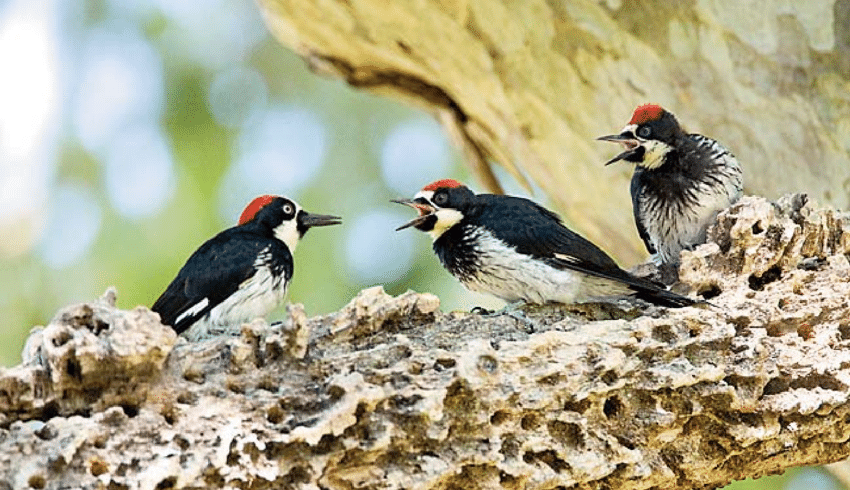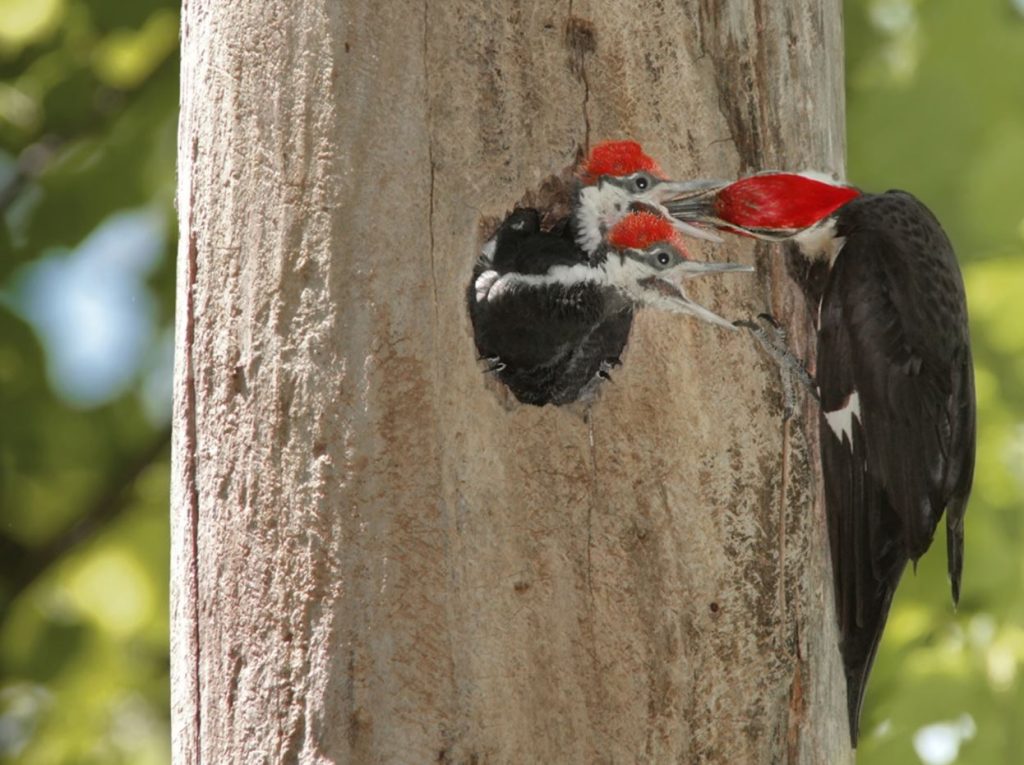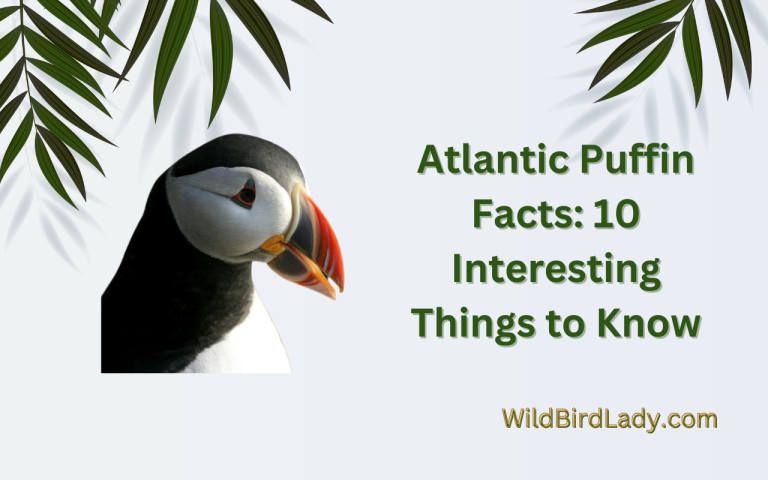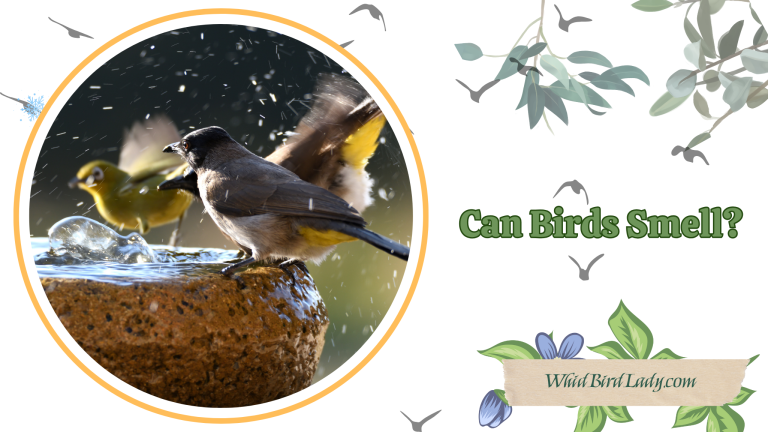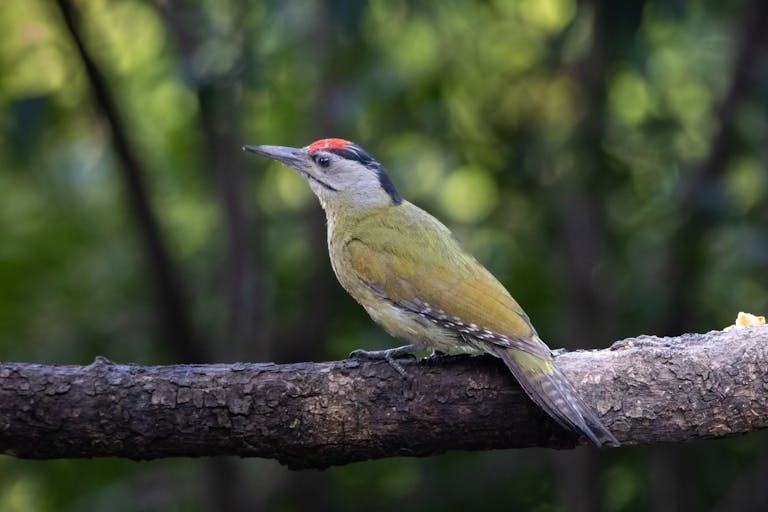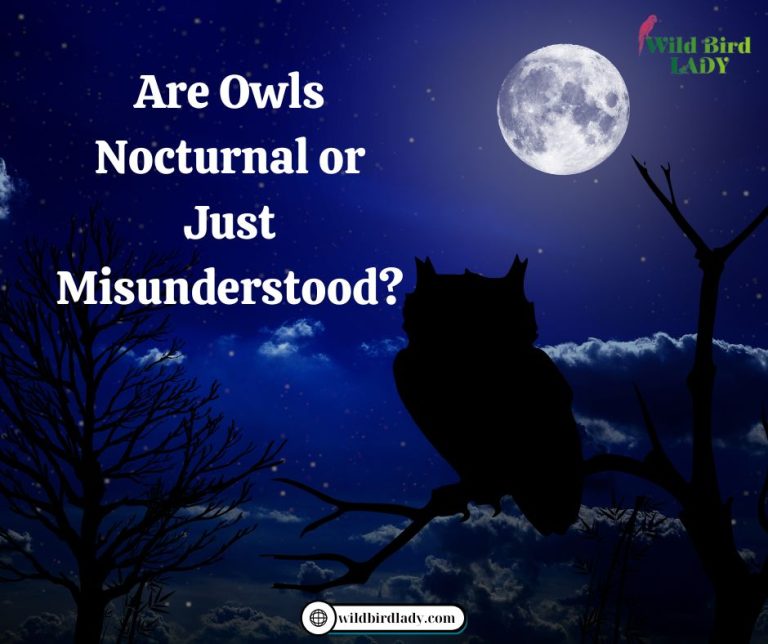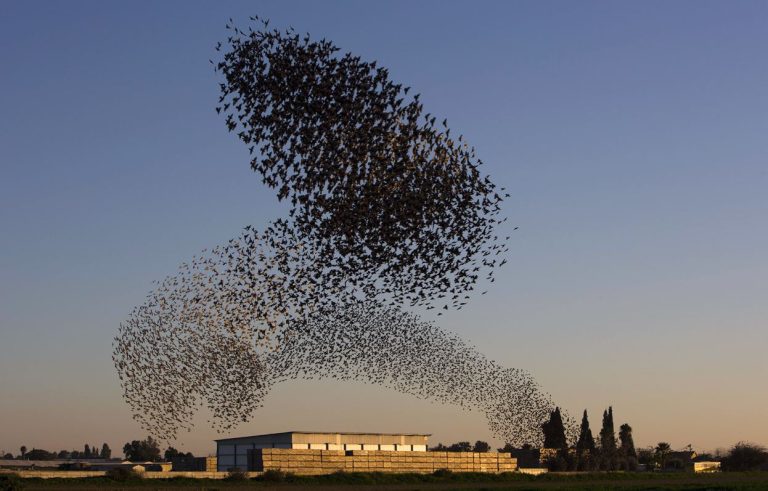What Is a Group of Woodpeckers Called? The Fascinating Truth Revealed!
If you’ve ever heard the rapid drumming sound echoing through the forest, chances are you’ve encountered a woodpecker. These striking birds are famous for their rhythmic pecking, vibrant plumage, and fascinating behavior. But here’s a question you might not have thought to ask: What is a group of woodpeckers called?
Let’s explore the surprising answer—and go far beyond it. In this guide, you’ll not only learn the unique collective noun for woodpeckers, but also uncover fun facts about their social behavior, habitats, communication, and more.
What Is a Group of Woodpeckers Called?
A group of woodpeckers is most commonly called a “descent.”
Yes, you read that right—a descent of woodpeckers. This might sound unusual, especially when compared to more familiar bird group names like a “flock of geese” or a “murder of crows,” but it carries rich imagery. Picture woodpeckers descending onto a tree trunk, one after the other, and you’ll see where the term comes from.
Other less common terms you might encounter include:
- A gatling of woodpeckers (inspired by the sound of drumming, resembling gunfire)
- A drumming of woodpeckers (poetic and descriptive)
- A fall of woodpeckers (though this is rare)
However, “descent” remains the most widely accepted term among ornithologists and bird enthusiasts.
Why That Name? The Origin Behind the Term
The term descent may not have a clear-cut origin, but it evokes the image of these birds landing or swooping down onto trees in search of food or nesting spots. Woodpeckers are known for their vertical movement—both up and down tree trunks—so the term likely draws from that behavior.
Just like many other collective nouns for animals, this term is partly poetic, partly traditional. Many such names date back to medieval times, when naming groups of animals was both a form of entertainment and taxonomy.
Are Woodpeckers Social or Solitary Birds?
Most woodpecker species are territorial and solitary, especially during the breeding season. Unlike some birds that form large flocks, woodpeckers often defend their feeding and nesting areas fiercely. However, their behavior changes depending on the time of year and environmental conditions.
That said, certain woodpecker species are more social than others, particularly outside the breeding season.
When Do Woodpeckers Gather in Groups?
While you might not often see large flocks of woodpeckers, they do form small groups during specific times, such as:
- During winter roosting: Some species may share dead trees or cavities to stay warm.
- In feeding territories: Multiple woodpeckers might forage in the same area if food is plentiful.
- Juvenile dispersal: Young woodpeckers may travel together temporarily before establishing territories.
- Migration: A few migratory woodpecker species may loosely group up during flight or stopovers.
Woodpecker Species That Are More Social Than Others
Certain species display more group behavior than others. Here are a few notable examples:
1. Acorn Woodpecker
These birds live in large, complex family groups. They hoard acorns in specially drilled storage trees, and multiple generations often live together in one territory. Acorn woodpeckers are an excellent example of cooperative breeding and communal living.
2. Red-headed Woodpecker
This species may roost in small groups in winter, especially in areas with plenty of food.
3. Downy Woodpecker
Often seen in mixed-species foraging flocks in winter alongside chickadees, nuthatches, and titmice.
4. Pileated Woodpecker
While mostly solitary, it’s not uncommon to see a mated pair or juveniles following parents.
Where You Might Spot a Group of Woodpeckers
If you’re hoping to witness a descent of woodpeckers in the wild, here’s where to look:
- Forested parks and woodlands with abundant dead trees or snags.
- Suburban backyards that offer suet feeders or tree cover.
- Deciduous forests during autumn or winter.
- Areas with oak trees, which attract Acorn Woodpeckers.
- Burned forests—woodpeckers love insects in dead trees after wildfires.
How Woodpeckers Communicate
Woodpeckers use a variety of sounds and signals to communicate, including:
- Drumming: A rhythmic pecking on wood to attract mates or mark territory.
- Calls: Screeches, chirps, and rattles that vary by species.
- Wing flutters: Used in close-range interactions.
- Body language: Crest raising or tail fanning shows agitation or dominance.
Drumming: The Signature Sound of Woodpeckers
Drumming is to woodpeckers what singing is to songbirds. It’s a fundamental part of their identity.
Woodpeckers drum to:
- Establish territory
- Attract a mate
- Signal alarm or aggression
The sound is not random—it follows a species-specific pattern that helps others identify who’s “talking.” For instance, the Downy Woodpecker has a fast, descending drum, while the Hairy Woodpecker’s drum is longer and more deliberate.
Other Fun and Surprising Collective Nouns for Birds
Bird names are a world of wonder! Just for fun, here are a few unusual group names:
- A murder of crows
- A parliament of owls
- A conspiracy of ravens
- A company of parrots
- A charm of finches
- A watch of nightingales
Bird language has a flair for the dramatic—and woodpeckers are no exception with their poetic descent.
Why Collective Nouns Matter in Birdwatching
Using the right terms not only makes you sound like a seasoned birder but also helps:
- Improve communication among birding communities
- Aid scientific documentation in field guides and research
- Enhance storytelling and education for students and kids
When you spot multiple woodpeckers together, calling it a “descent” makes the moment more memorable and vivid.
How to Attract Woodpeckers to Your Backyard
Want your own descent of woodpeckers? Here’s how to draw them in:
✅ Offer the Right Food
- Suet cakes (especially in winter)
- Peanut butter blends
- Mealworms
- Fruit pieces (like apples or oranges)
✅ Provide Natural Habitat
- Leave dead trees (snags) standing if safe.
- Install nesting boxes designed for woodpeckers.
- Plant native trees that attract insects.
✅ Add a Water Source
A shallow birdbath or dripping fountain works wonders.
✅ Avoid Pesticides
Woodpeckers love insect-rich environments. Let nature thrive!
FAQs About Woodpeckers
Q: Do woodpeckers live in groups year-round?
A: Not usually. Most are solitary or in pairs, though some like Acorn Woodpeckers live in family groups.
Q: Are woodpeckers bad for trees?
A: Generally, no. They help control insect pests. However, repeated drilling can damage ornamental trees or wooden structures.
Q: Can I stop woodpeckers from drumming on my house?
A: Yes. Try reflective tape, decoys, or netting. They may be attracted to the sound, not seeking food.
Q: Are woodpeckers protected by law?
A: In the U.S., yes. They’re protected under the Migratory Bird Treaty Act.
Final Thoughts: A Descent Worth Discovering
So, what is a group of woodpeckers called? Now you know—it’s a descent. But you’ve also learned that this term represents much more than a name. It reflects the unique social dynamics, behaviors, and habitats of these fascinating birds.
Whether you’re a seasoned birder or a backyard enthusiast, paying attention to these details enriches your appreciation for nature. The next time you hear the rhythmic tapping echoing through the trees, smile—because you’re listening to one of the forest’s most rhythmic musicians.
If you enjoyed this article, explore more about bird groups, behavior, and identification at WildBirdLady.com—your go-to source for bird facts and backyard tips!

